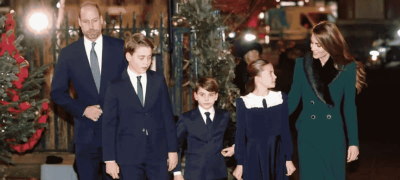Eid-ul-Adha, also known as Qurbani Eid or the Festival of Sacrifice, is one of the two major Islamic festivals celebrated by Muslims worldwide. It holds significant religious and cultural importance as it coincides with the completion of the Hajj pilgrimage to Mecca. Here are some important facts about Eid-ul-Adha:
Read More: Several ATMs in Islamabad have stopped working soon before Eid ul-Adha.
- Two Eids in the Islamic Calendar:
Muslims observe two main Eids throughout the Islamic year. Eid-ul-Fitr, also known as the “small Eid,” follows the holy month of Ramadan. Eid-ul-Adha, or the “big Eid,” takes place during the time of Qurbani (sacrifice) and is considered the most sacred time of the year for Muslims.
- Connection with the Hajj Pilgrimage:
Eid-ul-Adha is closely linked to the Hajj pilgrimage, which is a religious duty for able Muslims to perform at least once in their lifetime. Millions of Muslims travel to Mecca annually, following the footsteps of the Prophet Ibrahim (AS) and his family. The Prophet Muhammad (PBUH) established Hajj as an annual pilgrimage.
- Significance of the Hajj Pilgrimage:
Completing the Hajj pilgrimage is considered an honor for Muslims. Those who successfully complete it are granted the title of Hajji (men) or Hajjah (women) for life. This title symbolizes wisdom and earns greater respect from the community.
- Qurbani and Eid-ul-Adha:
During the Hajj pilgrimage, the celebration of Eid-ul-Adha coincides with the completion of Hajj. Muslims participating in the pilgrimage fulfill the traditional sacrifice of livestock, following the commandments in the Qur’an.
- Rituals and Prayers:
On the 10th day of Dhul Hijjah, according to the Islamic calendar, Muslims prepare for Eid-ul-Adha by performing Wudhu (ablution) and Fajr prayers. They take special care of personal appearance, cleanliness, and often buy or wear new clothes. Eid prayers are offered in congregational gatherings, consisting of two Rakats and six additional Takbeers. A sermon called Khutba follows the prayer, typically lasting 15 to 20 minutes.
- Qurbani and Meat Distribution:
After the prayers and sermon, the Qurbani sacrifice takes place. The meat of the sacrificed animal is divided into three portions: one for the person making the sacrifice, another for friends and family, and the third for the poor and needy. This sharing of meat ensures that everyone can partake in the festivities and enjoy a nutritious meal.
- Celebration and Exchange of Gifts:
Following the Qurbani sacrifice, Muslims come together to celebrate the festival of the sacrifice. They exchange gifts and greetings, strengthening bonds with family, friends, and the community. It is a time of joy, gratitude, and sharing blessings with others.
Eid-ul-Adha holds great significance in the Islamic calendar, symbolizing faith, sacrifice, and unity among Muslims worldwide. The festival marks the completion of the Hajj pilgrimage and involves prayers, Qurbani sacrifices, and the distribution of meat to those in need. It is a time of celebration, reflection, and gratitude for the blessings bestowed upon individuals and their communities.









